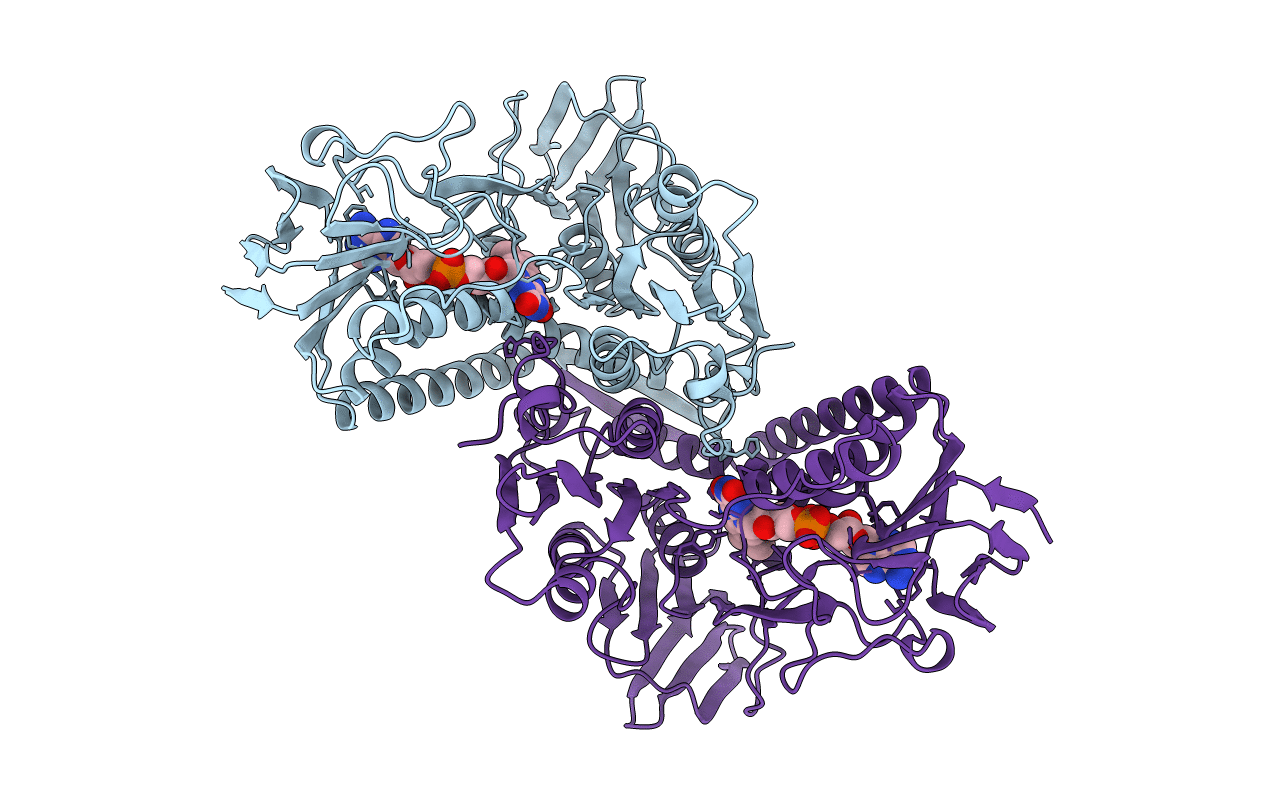
Deposition Date
1994-01-18
Release Date
1994-11-01
Last Version Date
2024-10-23
Entry Detail
PDB ID:
1GER
Keywords:
Title:
THE STRUCTURE OF GLUTATHIONE REDUCTASE FROM ESCHERICHIA COLI AT 1.86 ANGSTROMS RESOLUTION: COMPARISON WITH THE ENZYME FROM HUMAN ERYTHROCYTES
Biological Source:
Source Organism:
Escherichia coli (Taxon ID: 562)
Method Details:
Experimental Method:
Resolution:
1.86 Å
R-Value Work:
0.16
R-Value Observed:
0.16
Space Group:
P 1 1 21


